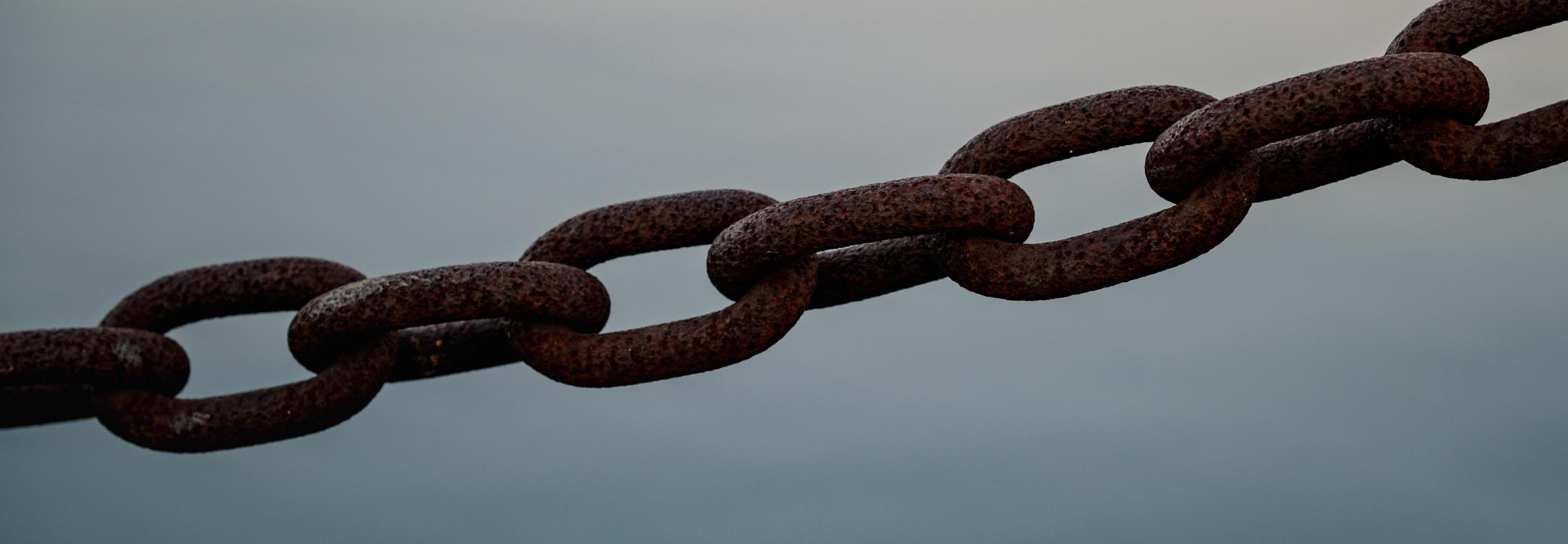
Whilst weapons and restraints (amongst them handcuffs, batons and electric-shock weapons) are commonly found in places of detention, and misused for torture and ill-treatment, evidence suggests that this can be a tricky area for torture prevention bodies to monitor and document. In this Blog, we discuss the benefits of focusing on this topic and introduce a new resource to help monitors with their work in this area.
A recent study commissioned by the Association for the Prevention of Torture emphasised the important role of torture prevention bodies in reducing the risk of torture and ill-treatment. These bodies have a key role to play in the fight against torture. They monitor a wide range of issues and can benefit from specialist resources and capacity building measures to assist them with their work, especially in technical areas.
One such area is the use of weapons and restraints, such as firearms, less lethal weapons and restraints. While anything can be used to perpetrate acts of torture and other ill-treatment, evidence shows that mass manufactured law enforcement equipment is often used. However it can be difficult to recognise, document and trace such equipment, as well as to differentiate between those types of equipment that may have a legitimate role to play in places of detention under strictly controlled conditions (such as handcuffs, or batons) and those which have no role in places of detention at all, and are inherently cruel, inhuman and degrading (such as weighted leg irons or electric shock batons).
Why document weapons and restraints?
The benefits from attending to this area are substantial. These include being able to:
- Recognise when inappropriate equipment is being used (or is being considered for use);
- More fully investigate and comment on the use of weapons and restraints; and
- Provide additional evidence around the allegations of torture and ill-treatment made by detainees.
In addition, enhancing the capacity of torture prevention bodies to independently document and research the presence and use of firearms, less lethal weapons and restraints in places of detention can help to:
- Further safeguard the independence of monitors, by ensuring that they are not reliant on information provided by the authorities in their enquiries.
A final important result of this work is the ability to:
- Hold states to account under their international human rights obligations.
This includes the Nelson Mandela Rules, which in Rule 47 states: “The use of chains, irons or other instruments of restraint which are inherently degrading or painful shall be prohibited.” If monitors can identify which methods of restraint are being used, and which are inherently degrading, they can more effectively promote effective measures.
Torture monitors are paying increasing attention to this issue. For instance the Brazilian National Preventive Mechanism (NPM), in partnership with the Omega Research Foundation, has increased its focus and expertise on weapons and restraints, enabling it to “widen the focus and deepen the debate on the disproportionate, illegitimate and torturous use of force.”
Monitoring Weapons and Restraints in Places of Detention: A Practical Guide for Detention Monitors
The authors have recently launched a new resource to assist monitors to document weapons and restraints used in places of detention, working closely with torture prevention bodies, including the UN Subcommittee for the Prevention of Torture (SPT), the APT and others on its development and dissemination. Available in English, French and Spanish, this resource consists of:
- A Practical Guide - a detailed resource which collates standards around the use of firearms, less lethal weapons and restraints in places of detention, and provides checklists of questions to ask and key areas for monitors to observe;
- A one page foldable Pocket Book, which summarises key points from the Practical Guide and is designed to be easy for monitors to print out and use in places of detention.
Since its launch at the 35th session of the SPT in June 2018, the resource has been warmly welcomed, with SPT Chair, Professor Malcolm Evans, calling it “an invaluable resource in the fight against torture” and UN Special Rapporteur on torture and other cruel, inhuman or degrading treatment or punishment, Professor Nils Melzer, recommending it “to anyone professionally engaged in the fight against torture and other cruel, inhuman or degrading treatment or punishment.”
However producing this resource is just the first step. Having launched the material, we now hope that the resource will be as helpful as possible to a range of audiences, including readers of this blog. We have a range of follow up activities planned, including developing training to accompany the resource, and additional translations. We would also welcome comments and feedback on the resource, which will be periodically revised to keep up to date with the latest developments in this area.
For the resource itself, please click here and don’t hesitate to contact the authors directly for queries and further information on info@omegaresearchfoundation.org and a.dymond@exeter.ac.uk
Authors: Dr. Abi Dymond, Lecturer in Criminology at the University of Exeter, and colleagues at the Omega Research Foundation. The authors would like to acknowledge the ESRC (grant number ES/N016564/1) and the EU’s European Instrument on Democracy and Human Rights (EIDHR) for supporting this project.
Further information:
- Omega Research Foundation, Visual Glossary
- APT & PRI, Detention Monitoring Tool: Instruments of Restraint